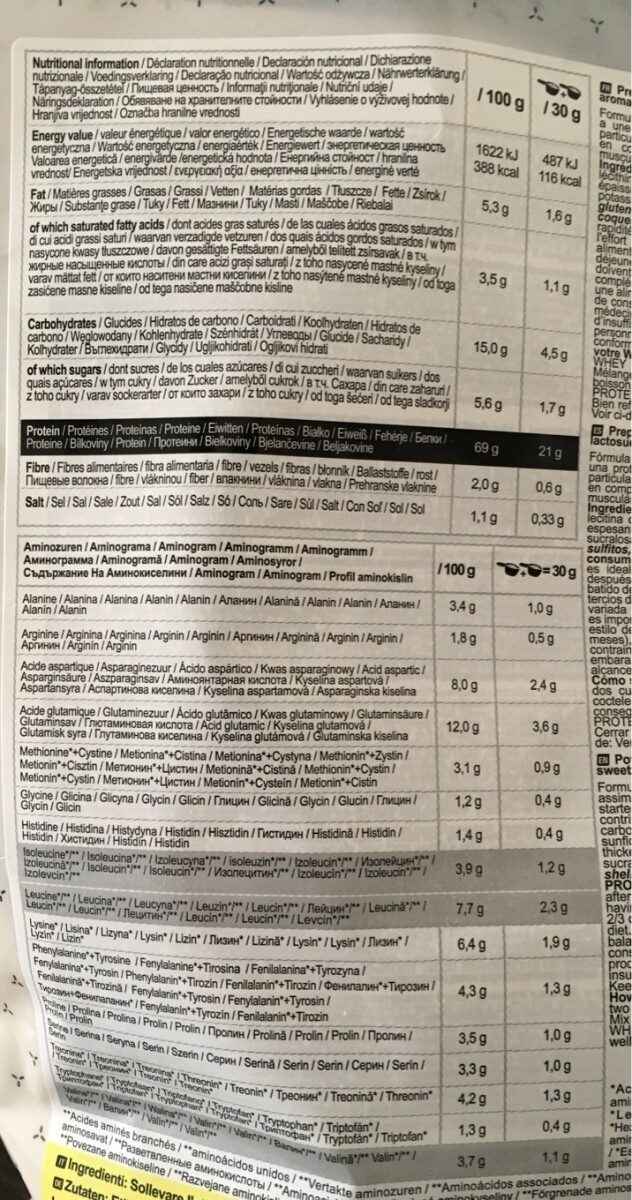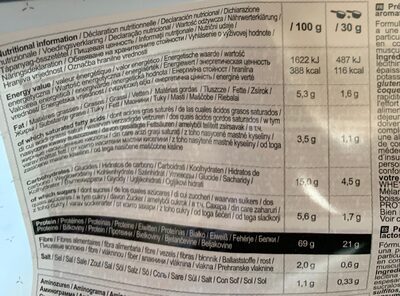WHEY Protein Vanille - Decathlon - 900 g
Aquesta pàgina del producte no està completa. Podeu ajudar a completar-la editant-la i afegint-hi més dades a partir de les fotos ja disponibles, o fent-ne més amb l'aplicació de androide o iPhone / iPad. Gràcies!
×
Codi de barres: 3608419150629 (EAN / EAN-13)
Quantitat: 900 g
Empaquetament: Al buit
Marques: Decathlon
Categories: Suplements dietètics, Suplements per culturisme, en:Protein powders
Llocs de fabricació o processament: France
Botigues: Decathlon
Matching with your preferences
Entorn
Empaquetament
Transport
Report a problem
Fonts de dades
Producte afegit per kiliweb
Última modificació de la pàgina del producte per charlesnepote.
La pàgina del producte, també editada per elcoco, mannkenn, openfoodfacts-contributors, packbot, randy22, yuka.R29BRkdZVS9nOThOeXNJLzVCanM1ZlF2bU02N0FYRzRKTThKSVE9PQ, yuka.RjdGZk5vZFlpOXRXbFBkbjJrMzg5Zk5uOXJ5eGJYbWJDN1F3SUE9PQ, yuka.UTc4QVFMNGlyTlFWdmZJVXp4akV5dTRsNUphaUEwZVJLc0VESWc9PQ, yuka.UY58AcKlMZwAJ9zv1I8T7CW6BPe6McZyE24gow, yuka.VElNTlBQZ1Bpc01ncWZjRDBoM3UrdUJWeHBQeFdWaWVHZVVXSWc9PQ, yuka.VklFL0hJQUxvL29HaHRnUzVRTFkyTkp5NlphSGZEeWVJTUJNSVE9PQ, yuka.YktZdUhxWllxZHNYeDlvc3hpenM2TU53MjhYeFZqNjhjTFV6SVE9PQ, yuka.ZWJ4Y0lxME5oNklMeXNBQXhUSGN3STlUL0pyNFhWbTFPKzhLSVE9PQ.









